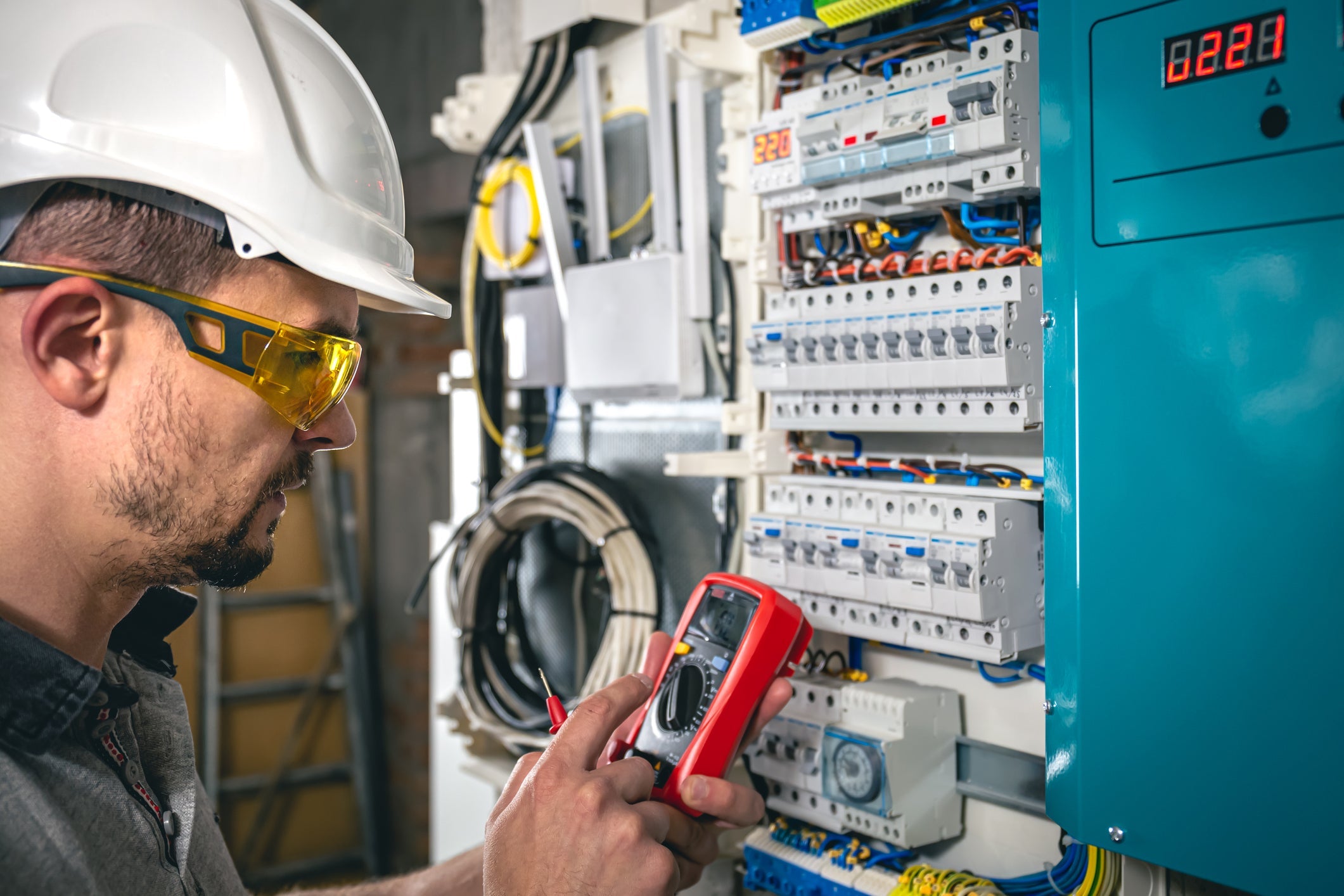Electrical Safety PPE Checklist for 2025: Gloves, Mats, and Arc Flash Gear
Quick Overview
When it comes to working with electricity, the smallest mistake can cause the biggest hazards. That’s why electrical safety PPE isn’t just a compliance checkbox—it’s the first and last line of defense against shocks, burns, and life-threatening accidents. This 2025 checklist covers the essentials you need on the job: electrical gloves, insulating mats, and arc flash protective gear. Whether you’re an electrician, a maintenance worker, or overseeing safety compliance for your team, this guide walks you through everything you need to know.
Why Electrical PPE Matters
- Protection from shocks and burns
- Compliance with OSHA/NFPA/ASTM standards
- Worker confidence to perform tasks safely
In 2025, advancements in PPE materials and testing standards mean there are better, safer, and more comfortable options than ever before.
OSHA and NFPA Requirements in 2025
- OSHA 29 CFR 1910 Subpart S — Electrical safety in the workplace
- NFPA 70E — Arc flash and electrical safety practices
- ASTM D120 & F496 — Insulating rubber glove specifications & testing
- ASTM D178 — Specifications for insulating rubber mats
The PPE Checklist for Electrical Safety in 2025
1) Electrical Safety Gloves
Insulating gloves are the most important piece of PPE for electrical work—they interrupt current flow through the hands and forearms.
- Voltage classes: Class 00 (≤ 500V), Class 0 (≤ 1,000V), Class 1 (≤ 7,500V), Class 2 (≤ 17,000V), Class 3 (≤ 26,500V), Class 4 (≤ 36,000V)
- Leather protectors: Always wear protectors over rubber gloves for puncture/abrasion resistance.
- Inspection & testing: Field-inspect before each use; lab-test at least every 6 months (or immediately if damage is suspected).
Shop voltage-rated options:
- Rubber Insulating Gloves 11" Class 00
- Rubber Insulating Gloves 11" Class 0 (Black)
- Ansell ActivArmr Class 1 Linemen’s Gloves
- Ansell ActivArmr Class 2 Linemen’s Gloves
- Salisbury Leather Glove Protectors
- More Electrical & Specialty Gloves
2) Insulating Rubber Mats
Standing on conductive floors while working on energized equipment increases shock risk. Dielectric mats provide an insulating barrier underfoot.
- Key features: Non-conductive rubber; slip-resistant surface; dielectric ratings per ASTM D178.
- Placement: In front of switchboards, MCCs, control panels, and test benches.
Explore Electrical & Industrial Floor Mats
3) Arc Flash Protective Gear
An arc flash releases extreme heat, intense light, and explosive pressure in milliseconds. Arc-rated PPE is designed to shield workers from these hazards.
- Clothing/suits: Arc-rated jackets, coveralls, and kits tested to a specific incident energy (cal/cm²). Layering can boost protection and comfort.
- Face shields/hoods: Protect against thermal radiation and projectiles; look for anti-fog and optical clarity.
- Hearing protection: Needed in areas where arc blasts may occur (high dB impact).
Popular kits & apparel:
- National Safety Apparel Arc Flash Kits & FR Apparel
- ArcGuard Level 2 Arc Flash PPE Kit (12 cal/cm²)
- ArcGuard Compliance HRC 4 Kit (40 cal/cm²)
Additional PPE for Electrical Safety
- Dielectric safety helmets (Class E)
- Insulated hand tools rated for the task
- Safety eyewear & face shields for shock/arc tasks
- Flame-resistant base layers under arc-rated outerwear
- Fall protection with arc-flash-rated components where required
Browse related categories: Fall Protection, DBI-SALA (Arc Flash SRLs), Fire-Resistant/FR Clothing.
How to Maintain Electrical PPE
- Storage: Keep gloves/mats away from heat, sunlight, and ozone; use glove bags and flat storage for mats.
- Cleaning: Follow manufacturer instructions—avoid harsh chemicals that degrade dielectric properties.
- Replacement: Remove from service immediately if damage is found or after an incident exposure.
- Records: Maintain a PPE test log noting dates for inspections, dielectric tests, and replacements.
Common Mistakes to Avoid
- Using general-purpose gloves instead of voltage-rated gloves
- Skipping pre-use inspections or 6-month glove testing cycles
- Standing on metal/damp surfaces without insulating mats
- Assuming basic FR clothing is arc-rated
- Overlooking face/ear protection during arc-hazard tasks
Conclusion
There are no shortcuts with electricity. A rigorous electrical safety PPE checklist—including gloves, mats, and arc flash gear—keeps teams protected, compliant, and confident. As 2025 progresses, upgrading to the latest OSHA- and NFPA-aligned PPE is essential.
Next step: Equip your crew now with our full range of arc flash kits, insulating mats, and electrical gloves.
People Also Ask (FAQ)
How often should electrical safety gloves be tested?
At least every six months, and immediately if any damage is suspected. Always perform a visual and air test before use.
What’s the difference between arc-rated clothing and flame-resistant clothing?
Arc-rated garments are tested to withstand specific arc energies (cal/cm²). FR clothing resists ignition but may not provide adequate arc-flash protection unless it is arc-rated.
Do I need both gloves and mats for electrical work?
Yes. Gloves protect your hands; mats prevent a shock path to ground through your feet. Use both when exposure is possible.
Can arc flash PPE be reused after an incident?
No. Any gear exposed to an arc event must be removed from service and replaced.
What’s the most common cause of arc flash accidents?
Human error—improper procedures, inadequate training, or lack of proper PPE—accounts for many incidents.
Author Bio
Mick Chan is a Safety Supplies industry professional with over 15 years of hands-on experience. He specializes in OSHA compliance, PPE regulations, and bulk safety product procurement for high-risk industries. Mick earned his Bachelor’s degree in Business Administration from Cal State LA in 2013 and has been advising companies across California ever since. Born and raised in the San Gabriel Valley, Mick understands the safety needs of businesses in diverse urban and industrial environments. His work focuses on bridging safety compliance with practical product solutions for the modern workplace.
External References: OSHA: Electrical | NFPA 70E

